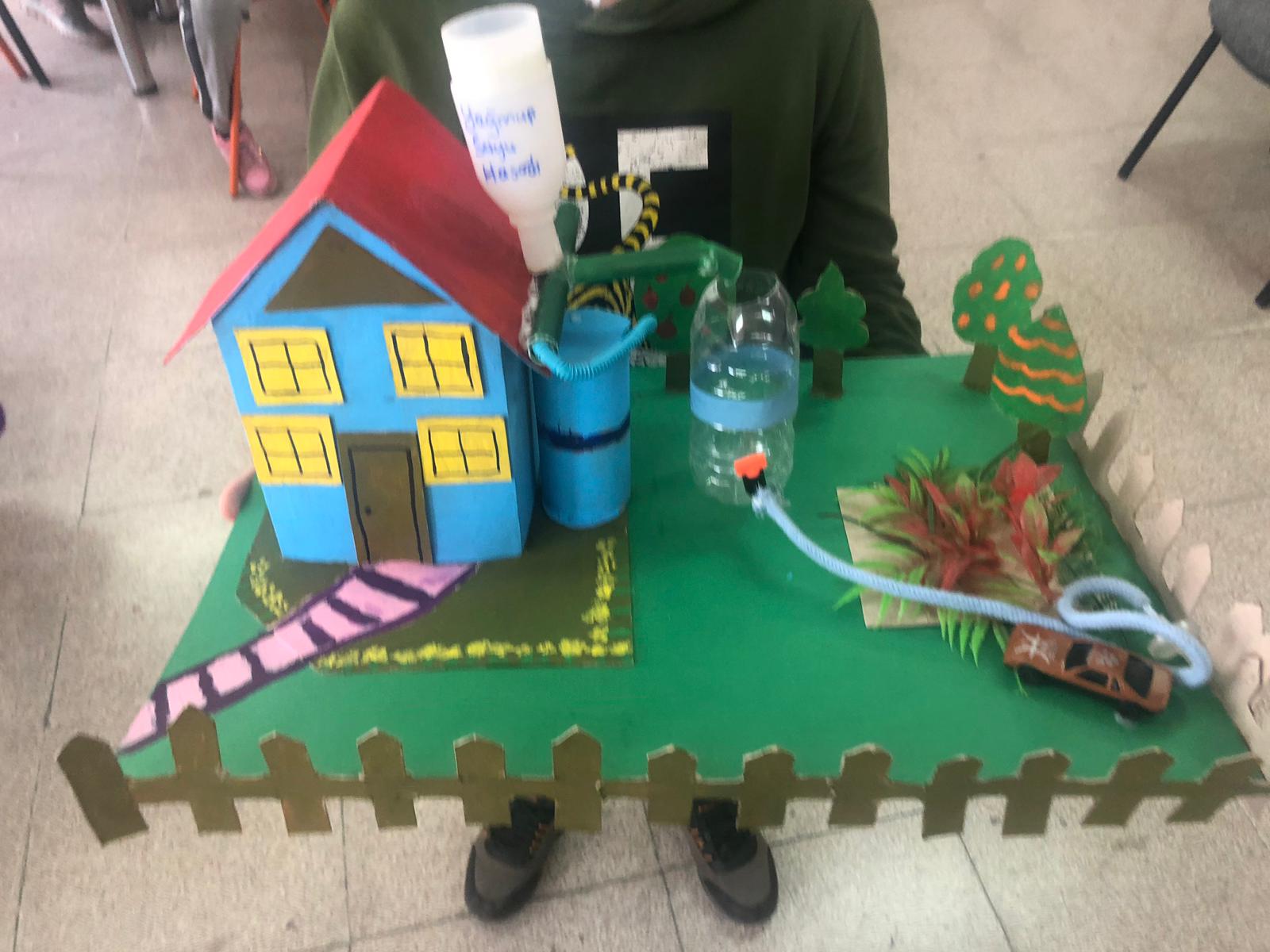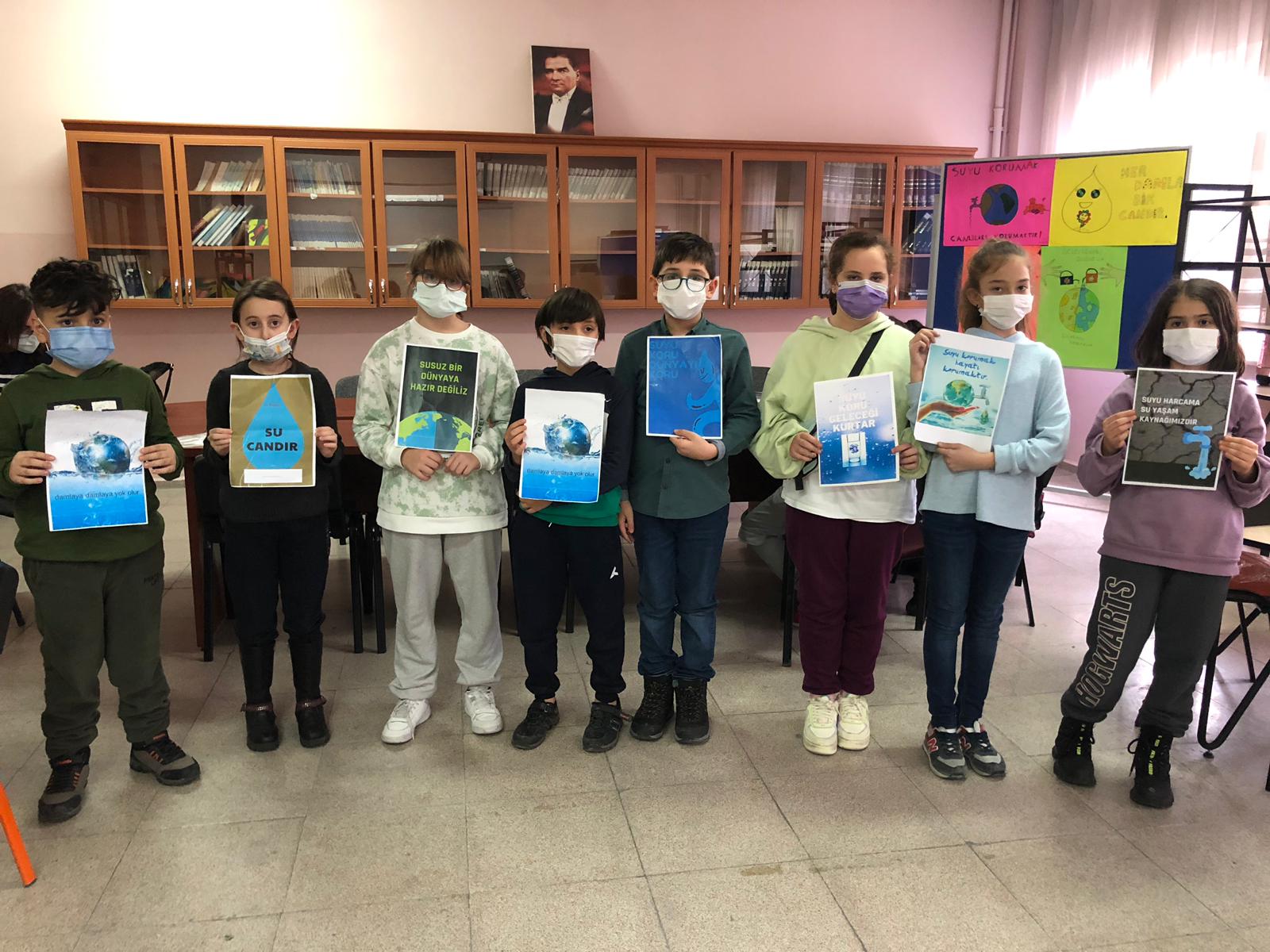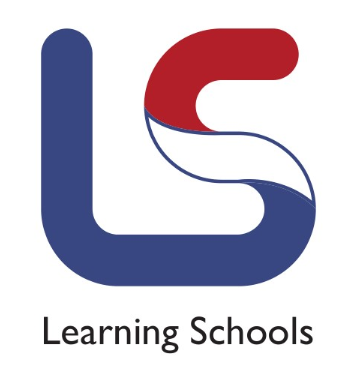
Our aim is to raise awareness among school staff and students in order to save water.
Our Target Audience School staff, teachers, students and parents.
The Goal of the Application is to create awareness in our school students, staff and parents to use water economically.
The implementation started in October 2021 and will continue until mid-May 2022.
Our school implements the Harezmi Program Teachers.
What Resources Are Used?
1. With the "Water Saving" game without a computer, the right and wrong behaviors in water consumption were noticed.
2. Designed the game 'Rain Harvest' with Code.org
3. *Concept puzzles on water saving were prepared with Educandy
4.*Animation was created with Scratch.
5.*A game in which information about water saving is measured was prepared with Wordwall.
6.*Learningapps made a matching and true-false game about water use.
7.*Banners created with Canva
8. Mini quizzes were held with Kahoot.
9. Data editing was done with Genially.
As a result, Web 2 tools were used intensively and very nice products were produced. Water awareness was also increased through artistic works (drama, music, story, painting). Documentary and short films were screened.
A visit was made to institutions working on water. Experts were invited to our school and a seminar was given. Our school's water bills were examined. Differences were discussed and interpreted. Seminars were given to parents by students and experts. In addition, rain harvesting was also emphasized and rain harvesting studies were started in a suitable area in our school garden. Its prototype was prepared. With the rain harvest, our trees in the garden will also be irrigated. Thus, awareness about the conscious use of water began to be formed among school personnel, students and parents.

25 Liters Short Video:
25 Liters Long Video -
*”Don’t Waste Water” Song-
*”Water Belong to Children Song(World Water Day)” Song-
*Water Hanbook/TURÇEV- http://www.turcev.org.tr/turcevCMS_V2/files/files/SU%20EL%20K%C4%B0TABI.pdf
*Matching and true-false game about water use with Learningapps.
https://learningapps.org/display?v=pueyq2zvc21
https://learningapps.org/display?v=pzxu426x321
*Preparation of water saving concept puzzles with Educandy
https://www.educandy.com/site/resource.php?activity-code=9d1f2
*Preparing a game in which information about water saving is measured with Wordwall
https://wordwall.net/tr/resource/14702138
Designing the game 'Rain Harvest' with Code.org
https://studio.code.org/projects/gamelab/_iUbX4n_AUw_lilUicct8K52-nhcZvNQITP9chxVpPE
 Learning Schools
Learning Schools
